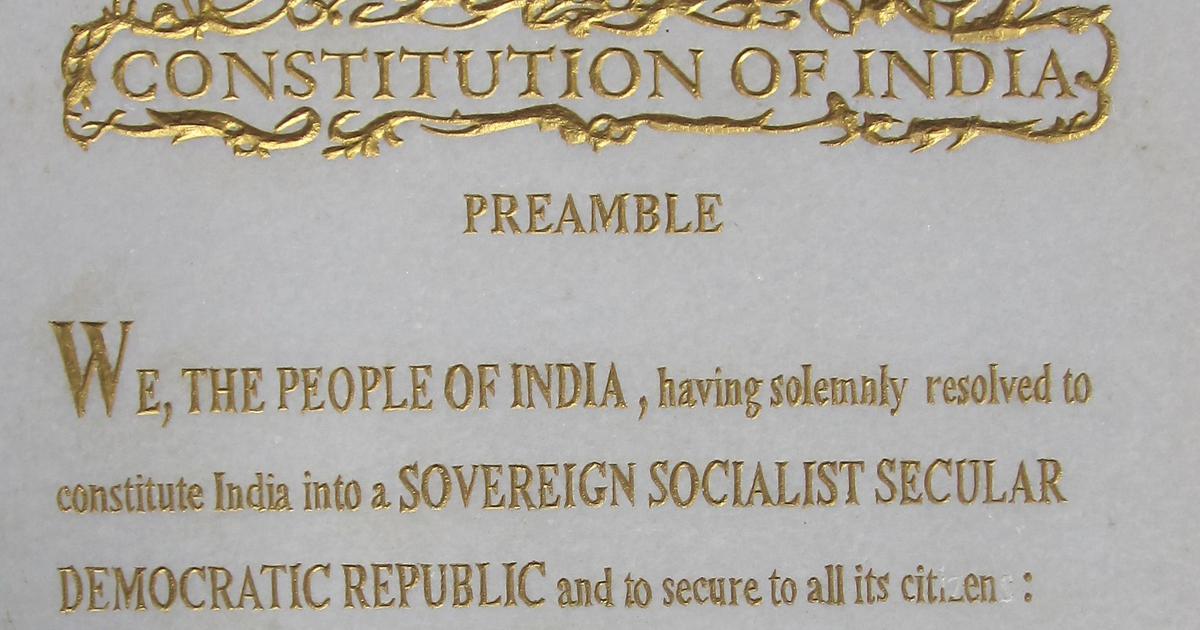Carnatic music is a system of music commonly associated with South India, including the modern Indian states of Karnataka, Andhra Pradesh, Telangana, Kerala and Tamil Nadu, and Sri Lanka.
In Carnatic music, there is a very highly developed theoretical system. It is based upon a complex system of Rāgam (Rāga) and Thalam (Tala).
Most compositions in Carnatic music have three parts to their body:
- The first two lines of the song are called Pallavi. They occur over and over, especially after each stanza.
- Usually, the Pallavi is followed by two more lines or sometimes just one more. This portion is called Anu Pallavi. This is sung at the beginning for sure, but sometimes even during the end of the song, but not necessarily after each stanza.
- The stanzas of a song are called ‘Charanam’
A song composed in the Carnatic style necessarily comprises of a Pallavi, Anupallavi and one or two or more Charanas. Each of these parts of the song is given importance while singing in the Carnatic style.
Purandardas (1480-1564) is considered to be the father of Carnatic music. To him goes the credit of codification of the method of Carnatic music. He is also credited with creation of several thousand songs.








No comments:
Post a Comment